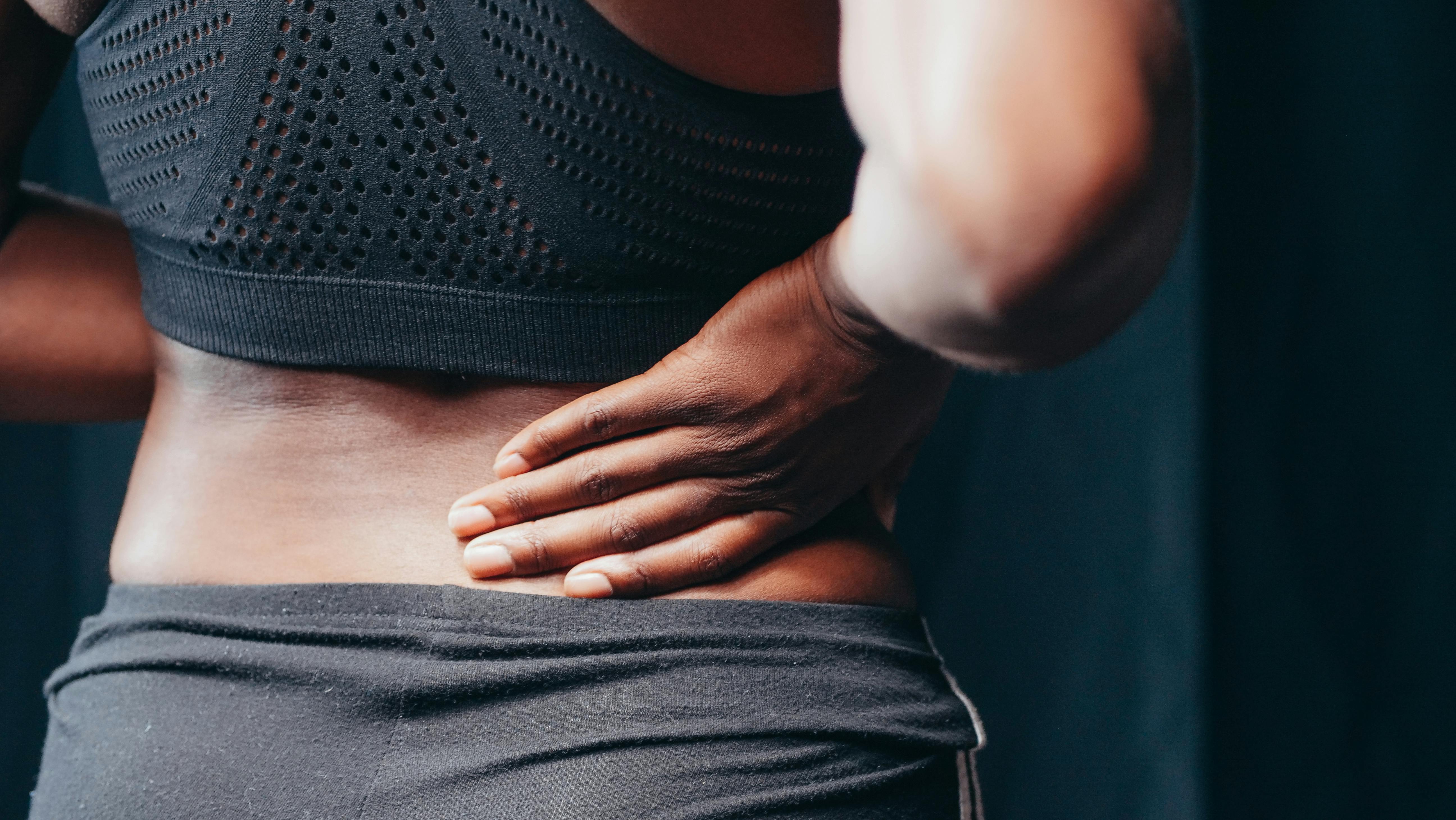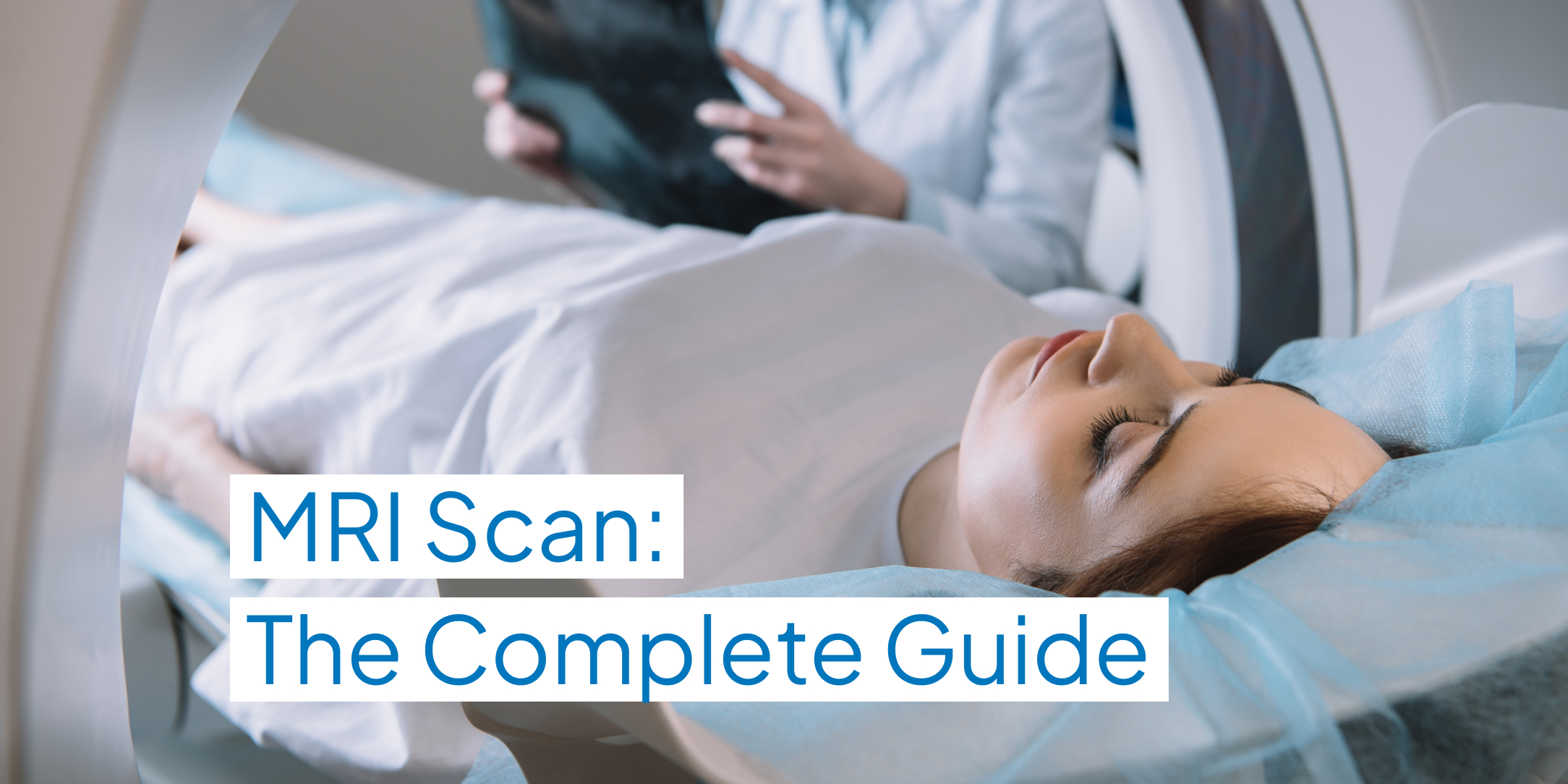Lower back pain is a common complaint in women and it can range from a dull ache to sharp, disabling pain. Understanding what causes it can help guide treatment, prevent worsening, and reduce long-term complications.
What Is General Lower Back Pain?
Lower back pain refers to discomfort in the area between the lower ribs and the buttocks. It may be felt on one side or both, and can spread to the hips, pelvis or legs.
- Acute lower back pain lasts less than 6 weeks
- Chronic lower back pain lasts over 3 months
It’s important to distinguish mechanical pain (e.g. strain from posture or lifting) from pain caused by internal organs, nerve compression, or systemic illness.
What Are the Main Causes of Lower Back Pain?
Lower back pain can stem from a wide range of physical and non-physical causes:
1. Mechanical Causes
- Lumbar strain – overstretched or torn muscles/ligaments
- Poor posture – prolonged sitting or standing
- Disc herniation – pressing on nerves, causing radiating pain
2. Degenerative Causes
- Osteoarthritis – worn joints causing stiffness and pain
- Spinal stenosis – narrowing of the spinal canal
3. Systemic Causes
- Kidney infection – dull ache, often with fever or urinary issues
- Cancer – less common, but constant, unexplained pain should be investigated
4. Psychosomatic Causes
-
Stress and anxiety can manifest as muscular tension or chronic lower back discomfort
What Causes Lower Left Back Pain?
Pain on the left side of the lower back can be muscular or related to organs:
- Muscle strain – most common
- Kidney infection or stones – typically with nausea or urinary symptoms
- Gynaecological causes – such as ovarian cysts or endometriosis
What Causes Lower Right Back Pain?
Pain on the right side may suggest:
- Appendicitis – especially with abdominal pain and fever
- Ovarian cysts or torsion
- Urinary tract infection
Always consider the pattern, timing and associated symptoms to guide further assessment.
Why Does Lower Back Pain Occur in Pregnancy?
Lower back pain in pregnancy is extremely common due to:
- Hormonal changes – relaxing ligaments and joints
- Postural shifts – the growing uterus changes your centre of gravity
- Muscle strain – especially in later trimesters
The pain may worsen with prolonged standing or walking.
What Areas Are Commonly Affected Alongside the Lower Back?
Hip Involvement
- Sacroiliac joint dysfunction – pain radiates to the buttock or thigh
- Sciatica – nerve compression causing shooting pain down the leg
Abdomen and Pelvis
- Endometriosis – can cause pelvic and lower back pain
- IBS or bladder infections – may refer pain to the lower back
How Can You Relieve or Treat Lower Back Pain?
Home Remedies and Self-Care
- Rest – but avoid prolonged inactivity
- Ice or heat packs – depending on the type of pain
- Massage, gentle stretching, foam rolling
- Over-the-counter pain relief – paracetamol or ibuprofen
Medical Interventions
- Physiotherapy – to correct posture and strengthen the core
- Imaging – if pain persists or red flags are present
- Surgery – only in selected cases (e.g. severe disc herniation)
What Exercises Help with Lower Back Pain?
Best Exercises
- Core strengthening – like pelvic tilts or dead bugs
- Low-impact aerobics – walking, swimming or cycling
- Resistance band training – gentle activation of glutes and hips
Lower Back Pain Stretches
- Child’s pose
- Cat-cow movement
- Hip flexor stretches
Stretching regularly can reduce stiffness and prevent recurrence.
How Is Lower Back Pain Linked to Specific Situations?
Movement-Related Pain
- Walking, standing or running can worsen mechanical back pain
- Sudden pain with inability to walk could suggest nerve impingement or disc rupture
Morning-Only or Position-Based Pain
- Morning stiffness may indicate inflammation
- Poor sleeping posture or a worn-out mattress may also contribute
How to Sleep and Sit with Lower Back Pain?
- Best sleeping position: on your side with a pillow between your knees
- Back sleepers: add a small pillow under the knees
- Use ergonomic chairs and lumbar support when sitting for long periods
What Are Gender-Specific Lower Back Pain Causes?
Lower Back Pain in Females
- Hormonal fluctuations – e.g. during menstruation or menopause
- Reproductive issues – such as endometriosis or fibroids
- Pain that radiates to thighs or abdomen is often gynaecological
Lower Back Pain in Males
- Prostate enlargement or inflammation
- Occupational strain – often linked to heavier physical work
What If the Pain Becomes Constant or Intense?
Persistent or severe pain should never be ignored.
Red flags include:
- Numbness or tingling in the legs
- Weakness or trouble walking
- Unexplained weight loss or night sweats
- History of cancer
These signs may require urgent medical attention and further tests.
Conclusion: Listen to Your Back—Understand the Causes Early
Lower back pain in women is a multifaceted issue that can stem from everyday strain, hormonal changes, or underlying medical conditions. By identifying the specific cause—whether it’s posture-related, linked to pregnancy, or due to gynaecological concerns—you can take the right steps toward relief. Early awareness and proper management help prevent chronic discomfort and improve your overall quality of life.
Concerned About Persistent Back Pain?
Get a clear diagnosis with GetScanned.me—book your scan today and take control of your health.
GetScanned Today
FAQS
1.What does constant lower back pain indicate?
It may suggest a chronic issue like arthritis, disc problems, or even cancer: especially if it doesn’t improve with rest. But, always see a doctor for a thorough assessment.
2.Is dull lower back pain a serious issue?
Not always, but if it lasts longer than 6 weeks or worsens, seek medical advice. If you’re concerned, see your doctor.
3.When is lower back pain considered intense or horrible?
If it's sharp, sudden, affects movement, or is associated with other symptoms like numbness, it's best to get checked.
4.What causes lower left side back pain in females?
Possible causes include muscle strain, ovarian cysts, kidney infections, or endometriosis.
5.How can I fix lower back pain at home?
Try rest, heat or ice packs, light stretches, and OTC pain relief. If it doesn’t improve in a few days, see a healthcare professional.
6.Is lower back pain common in early pregnancy?
Yes: hormonal and postural changes can start affecting the back from early stages.
7.What’s the best sleeping position for lower back pain?
Sleeping on your side with a pillow between your knees is usually most supportive.
8.Can lower back pain affect the hips or abdomen?
Yes: especially if there’s nerve involvement or if the underlying cause is from pelvic or abdominal organs.
9.Why does lower back pain occur when walking or running?
It may be due to posture, disc issues, joint inflammation, or poor core strength.




